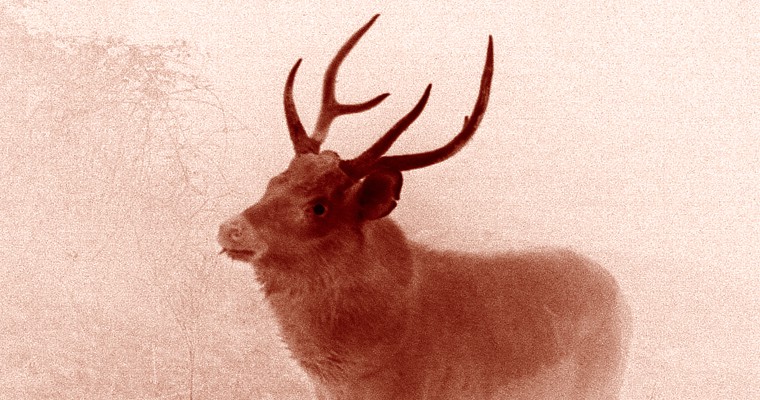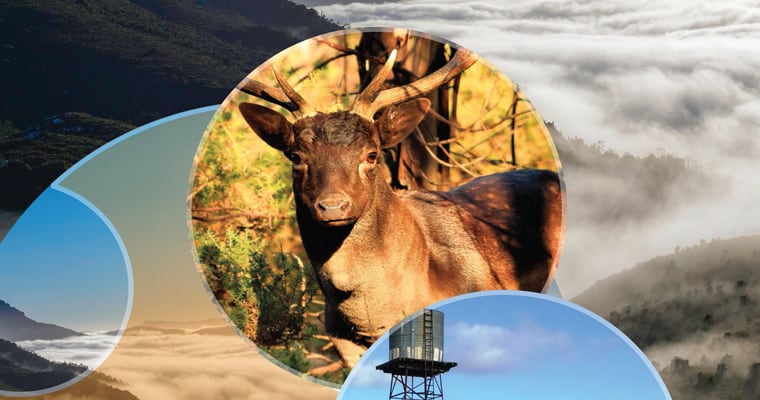A few deer were released in Victoria 150 years ago for game hunting and over time
legislation was developed to support the hunting resource and promote deer in
landscape. The activities of hunters have not controlled deer numbers and with no
natural predators, deer are now a large uncontained and uncontrolled feral population.
Nevertheless, deer continue to be protected under Victoria’s Wildlife Act 1975 for game
purposes.
The evidence of social, environmental and economic impacts from increasing densities
and areas occupied by feral deer species is now well established in Victoria. The broader
community is now well aware of these impacts and view feral deer as a serious
vertebrate pest animal and not an asset. As such, there is a strong view in the
community, particularly land managers and farmers whose productivity is impacted,
that feral deer have grown to now be a serious pest and should have their wildlife and
protected wildlife status removed from Victoria’s Wildlife Act 1975 and game status
revoked, and consequently deer hunting no longer regulated by the Wildlife (Game)
Regulations 2024. This allows deer species to be declared Established Pest Animals
under the Catchment and Land Protection Act 1994 (CaLP Act). All other mainland
states have now moved to declaring deer as a pest, yet Victoria continues to protect
deer while supporting the highest population of feral deer in Australia.
There is an alternative view that deregulating deer as game and declaring deer a pest,
may restrict deer hunting activities, lead to unsafe and inhumane practices being
carried out by deer hunters and be onerous on land owners. These concerns have not
manifested when deer were deregulated in NSW, and where deer have been a declared
pest for a long time ( i.e. WA, SA, Qld, ACT, NT) 1. The suggestion of a new Game Act has
been put forward by some as an alternative to the Wildlife Act for regulating feral deer.








